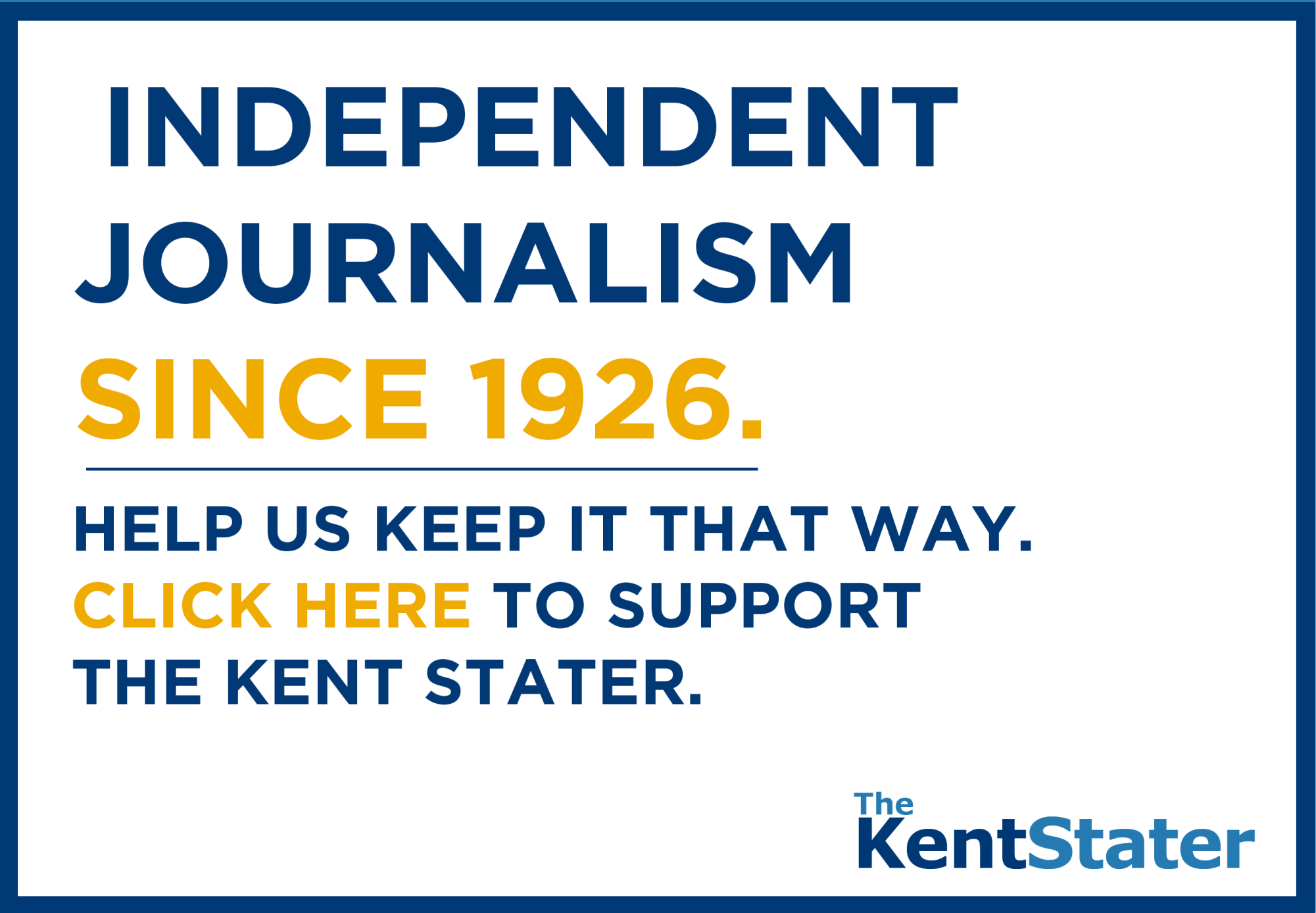Voters show high turn-out in Portage County
November 6, 2016
Since the 1964 General Election, no presidential nominee has won the White House without winning Ohio. As is the case with other critical swing states, Ohio’s voters have shown a history of switching between the Democratic and Republican nominee.
Ohio voted for Republican nominee, George W. Bush, in both the 2000 and 2004 general elections, and the Democratic nominee, Barack Obama, in both the 2008 and 2012 general elections, according to the Ohio Historical Election Results.
The results in Portage County from the 2016 primary election were higher than in the past; Portage County totaled 44,604 votes, compared to an average of just under 20,000 for each primary election between 2000 and 2012, according to the Portage County Board of Elections.
The 2016 primary election registered 25,850 Republican votes and 18,510 Democratic votes.
Portage County’s population, as of 2015, is an estimated 162,275, with an estimated 104,937 registered voters, according to Ohio.gov.
Joshua Testa, a graduate student who teaches political research methods, believes part of the high turnout is due to Republican presidential nominee Donald Trump capturing a demographic who have historically lower voter turnout in recent primaries.
“There’s an argument of what’s called a very under-sampled group of white working-class voters,” Testa said. “We think of these individuals with a high school degree working at a steel mill or working at a remedial job that’s not making more than $40,000 and who may or may not be in a union of some type.”
Testa said he believes many political analysts overlooked a large portion of the population that Trump has successfully garnered support for during his campaign, unlike nominees in recent years.
“A lot of political pundits are out there saying, ‘Hey, there’s a very good chance that Donald Trump has this hidden segment of voters,’ and I think that’s what may lend credence to the explosion that we’ve seen in the primary,” Testa said.
The majority of counties in Ohio tend to vote in favor of the Republican Party during the General Election. In contrast, counties containing metropolitan areas traditionally vote in favor of the Democratic Party, with the exception of Hamilton County (Cincinnati) in the 2000 and 2004 General Elections, according to Ohio Historical Election Results.
Testa states individuals in larger cities tend to vote for the Democratic Party because of various factors including higher levels of education obtained by its citizens.
“Big cities, or metros, are essentially … clusters of groups of highly skilled and highly educated individuals,” Testa said. “If you look at Columbus or Cleveland or look at Pittsburgh, these are growing areas that really focus on innovation and focus on start-ups and focus on big corporations.”
Testa said the large college populations in these major cities also plays an important role, where they traditionally vote Democratic. The results showed in the 2012 General Election.
Young voters preferred Democratic presidential nominee Barack Obama to Republican presidential nominee Mitt Romney by 24 points (60 percent to 36 percent), according to The Center for Information and Research on Civic Learning and Engagement.
Testa said larger cities tend to be highly populated with college graduates who are pursuing post-graduate degrees and include more people with traditional white-collar jobs.
“At least the American Politics Literature finds that the more educated you are, the more education you have, (and) there’s a greater probability that you are a Democrat, and when you extrapolate that out to the national level, you see that these large cities have educated people in them,” Testa said.












